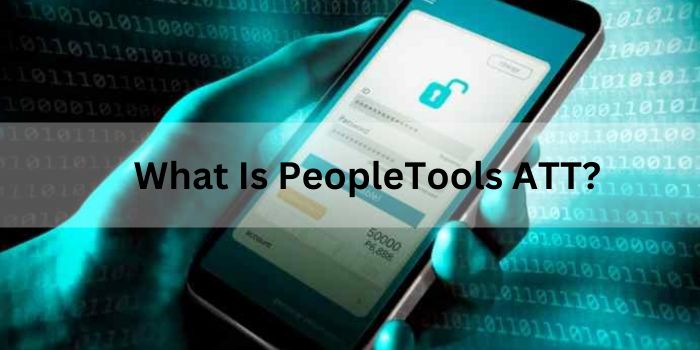When it comes to enterprise database management practices, entity and attributes are two common terms that you come across. The basic difference between attribute and entity is that entity is the fundamental object in real-world that can be distinguished easily among all the other objects. The real world and attribute are the specific characteristics of a given entity based on which it can be distinguished from other entities.
In terms of relational DBs, we tend to collect data in the table format. Here, the table’s rows represent entities of the same type, and we can consider the columns of the table as attributes of different entities represented in the table. Further, we may also discuss attributes and entities in brief and the differences between attributes and entities.
Entity vs. attribute
As we have seen above, an entity is something distinguishable from a real-world object. Attribute, on the other hand, describes a specific feature of the entity. In Relational DBMS, the entity is represented in the entity set as a record, whereas the fields represent an attribute. Similar types of entities are grouped in an entity table, whereas they are a group of attributes identified in a tuple form the key. An entity can be a tangible entity or intangible. Each attribute may have a certain domain that may be involved in the formation of a key.
The distinguishable real-world object of entity needs to be considered so as if it can be identified uniquely from other objects in the real world. In the given database, those objects are considered to be an entity if data can be stored or retrieved about the same. If you are unable to store the data about the given object or are not retrieving data from some objects, there is no point in creating a database entity. Entities tend to share the same set of properties or attributes kept in one entity set, which is called a relation or relational database table. An entire sequence of attribute values represents a typical entity, and hence it is also known as a tuple.
In the relational database model, each set of entities is represented by the tables. Each row of the table represents an entity. So, it is important to ensure that the table does not contain any duplicate entities, leading to uncertainty. The entities in the table should be identified uniquely, which means two entities in a given relation should not contain the same set of values for a given set of attributes. Here, the entity can be anything that exists in the real-world as a product, person, place, event, or object, etc.
The entity can be classified into two as tangible and intangible.
- A tangible entity is something that physically exists. It can be a person, bank locker, product, etc. We can feel its physical presence.
- On the other hand, an intangible entity exists in the real world but not touchable—for example, a bank account, email account, hotel reservation, etc. Like tangible entities, we can identify an intangible entity, but we cannot pursue it as a physical object in the real world. Also You can approach RemoteDBA.com as a reliable database administration expert for any remote database set up and administration-related services.
An attribute in database management systems
As we have seen above, attributes may describe the unique properties of the given entity. The entities in the given database table may have a set of attributes. For example, if we can define a student as an entity, then we can have a set of related attributes to that entity as the name, class, roll number, course, etc., for each student entity.
In relational DBs, we tend to store data in table format. The header of each column in the table will represent the attributes or characteristics. Remember, a table should not have any duplicate attributes. Each of these attributes in the table will have unique domains that will let you accept a given set of values only. In an entity, each of its attributes may have only one value as number, text, time, date, etc.
Attributes may have another refinement s keys. A unique attribute or a set of different attributes can be distinguished with an entity in the entity set known as a key. We may have a primary key, foreign key, super key, and composite key in the given database, etc. All these are meant for different purposes in the database.
In a typical enterprise relational database model, entities are termed as the records, whereas attributes are termed as the fields. Data is stored in tables in relational databases, in which case the rows of the table may denote entities. In contrast, the column header will denote the attributes of the table entities. As we have seen above, entities can be tangible or intangible as per the examples described. However, refinement attributes of an entity will include the domain attributes and key attributes. Entities that share the same properties may be grouped into a single entity set, whereas the attribute sets can distinguish between an entity that is grouped and forming a key. The entity information related to a single object in the table will represent an entity, for example, name, roll no, or the course to which a student is enrolled from the complete information, so are attributes of the entity, student.
In summary, objects that exist in the real world as perceptible objects may become entities only when they are distinguishable among other objects in the real world. These characteristics, which allow the entity to be identified easily and uniquely, are known as attributes. These entities in the given database can be identified based on the values of the attributes it possesses.
While setting up an enterprise database, you have to define the needed entities carefully and attributes base on your business objectives. Doing this will further make your database architecting easier, and the naming conventions for your database tables and entries become easier with pre-defined entities and attributes.




